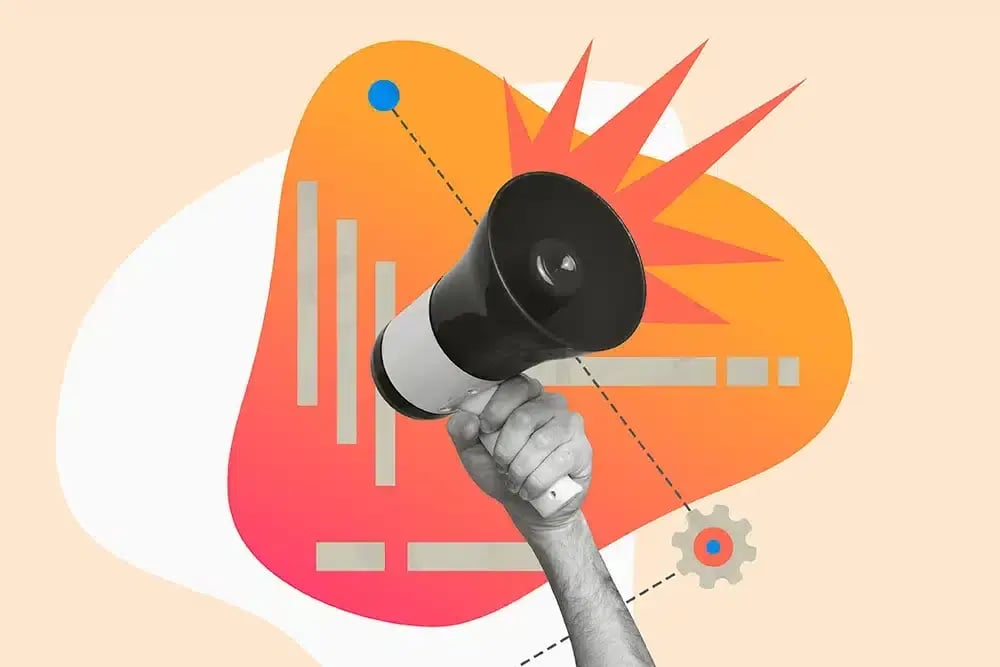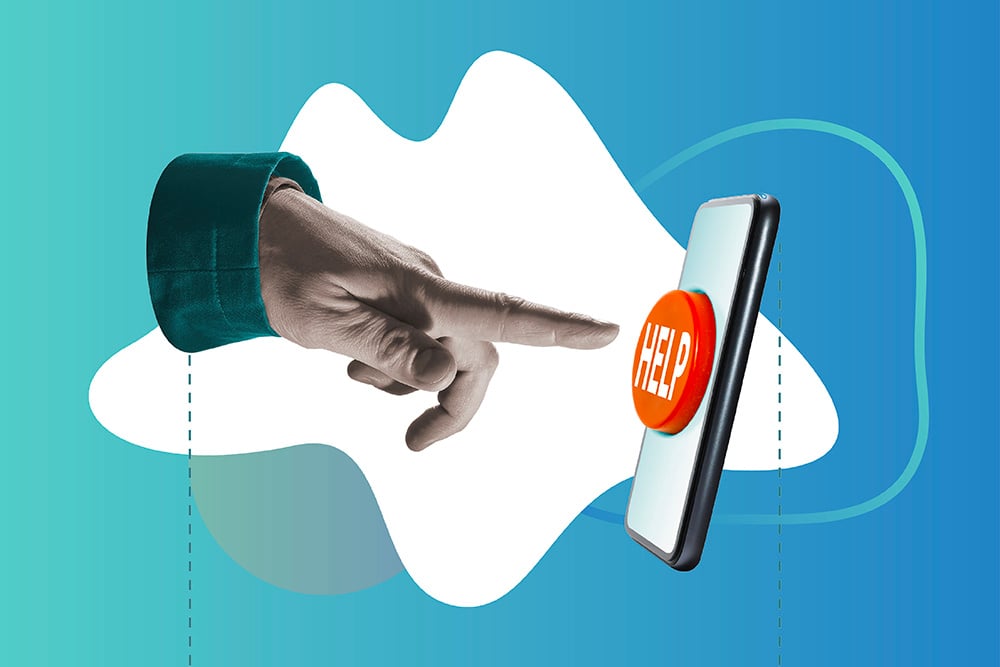
8 min read
Work Order Management KPIs and Metrics to Track
Work order management only runs as well as the metrics behind it. When organizations consistently track the right KPIs, they gain the visibility needed to prioritize work, allocate resources with precision, and keep every job on schedule. Strong...
Read More







